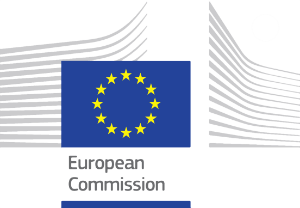Under the slogan "Show me your Frankfurt!" the team of the citylab of the historical museum in Frankfurt research the city of Frankfurt together with its inhabitants – because they are the experts on their city. They work outside and inside of the museum as well as online.
Organisation in charge of best practice
Historical Museum Frankfurt
Location
At the Historical Museum Frankfurt am Main and online
Dates
2010 until today
Description
The City Lab has been up and running since 2010. It consists of three different formats:
- CityLab on the move: To find out what life is like in Frankfurt, the museum team leaves the museum’s walls and they are on the move with the City Lab for some on-site research. They want to know how the city is subjectively perceived and experienced. And the best people to answer this are Frankfurters themselves, of course. Using different methods in participative city research, the City Lab is always on the move and invites the people to join new exhibition and event formats regularly. Since 2010 they have used it to create five large exhibitions together with many different Frankfurters. Moreover the City Lab touring with artistic interventions, workshops, city walks, readings...
- CityLab at the museum
The exhibition room “Frankfurt Now!”, a permanent and ever-changing/adapting exhibition and event space has 600 m2 space for the various activities of the City Lab. In this permanently installed City Lab, things can be stored and examined better than out in the field – in other words, different research and experiments can be carried out.
- Digital CityLab
Digital City Lab is a website that has transferred the City Lab concept to a digital platform for users. The user space is a digital map of the city on which places can be marked and expanded with the stories and knowledge of Frankfurters. The users can tell their stories digitally with video and audio contributions, photos and texts. It’s all about collecting experiences, personal stories, special relationships with particular places, different ways of using the city together and about data that opens up new perspectives. The focus is on depicting polyphony: the plan is to build an audio-visual, multi-perspective and ever-changing city portrait shaped by user contributions.

Links
Resources needed
It needs space at the museum and a website, both designed in a participatory way, as well as human resources at the museum who are willing to work also outside the "museum box".
Challenges encountered
In order to enable participation, the opening of the museum, the democratization of knowledge and knowledge transfer at eye level, a museum must give up its sovereignty of interpretation and engage with the knowledge and experiences of others. It can be challenging for the museum staff to replace old patterns of behavior and old ways of working with new concepts and ideas. Participatory projects have a need for a lot of personell ressources, e.g. people who moderate and accompany these projects.
Evidence of success
The project has become a real role model for participatory formats at the museums in the German-speaking countries. Current debates such as collecting the present, democratic museums and opening processes as well as the transfer of knowledge to society were initiated.
Potential for transfer
Numerous other city museums took up the idea o rparts of it and realized their own city lab projects, which, in contrast to the Frankfurt model, are mainly temporary in nature and were set up, for example, to prepare new museum concepts.
Further Information
https://www.historisches-museum-frankfurt.de/de/stadtlabor?language=en
Get in touch
Click here to send us an email, if you have any question or comment on this best practice.

